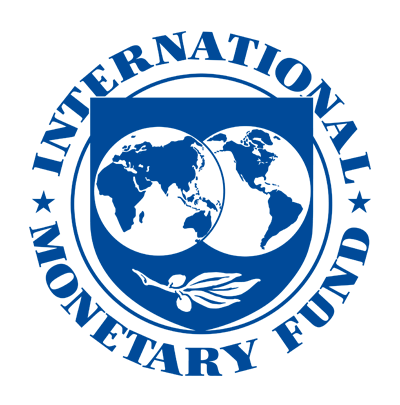Summary
This paper presents the Mauritius Quarterly Projection Model (QPM), the semi-structural analytical tool that underpins the modernized Forecasting and Policy Analysis System of the Bank of Mauritius (BOM). The model is designed to capture the salient features of the domestic economy, including key monetary policy transmission channels and the recently introduced flexible inflation targeting framework. Relative to canonical QPM structures, it also incorporates a parsimonious fiscal block and a labor market block, providing key insights on broader macroeconomic dynamics and enriching the policy advice. The model optimally balances theoretical consistency—evident in coherent shock propagation and policy responses—and empirical reliability, as reflected in its strong in-sample forecasting performance. The practical use of the Mauritius QPM in the context of the BOM’s regular forecasting cycles for the production of baseline projections, counterfactual simulations and alternative scenarios, together with the corresponding model-based economic narratives, make it a critical component of the BOM’s forward-looking monetary policy formulation.
Subject:
Exchange rates,
Foreign exchange,
Inflation,
Labor,
Labor markets,
Output gap,
Prices,
Production,
Real effective exchange rates,
Real wages,
Wages
Keywords:
Exchange rates,
Forecasting and Policy Analysis,
Global,
Inflation,
Labor markets,
Mauritius,
Monetary Policy,
Output gap,
Quarterly Projection Model,
Real effective exchange rates,
Real wages,
Transmission Mechanism,
Wages










